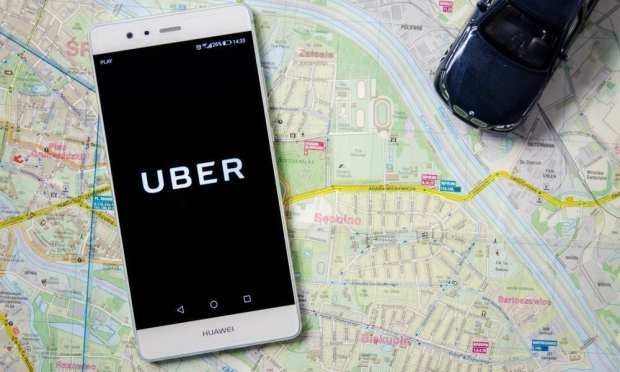Uber IPO To Be Biggest In Tech History

It’s been a long journey for Uber toward its initial public offering — and a big journey for payments, too.
The ridesharing company (which has moved beyond ridesharing, notably into food delivery) arguably made mainstream the concept of truly frictionless payments when it comes to daily retail services and products. And the company name, much like Google, has become a well-worn verb (Let’s just Uber it) and mark of positive imitation (The Uber of X).
Similar to how Amazon quickly moved past its roots as a mere online seller of books, Uber, now 10 years old, has moved well past its infancy as a company that matched consumers in need of a ride to drivers willing to give those rides in exchange for some extra scratch. Uber has evolved into a logistics platform that is integrated with payments. And its ridership has increased in advance of the company’s IPO after more than a few quarters that brought mixed-bag results.
Even so, Uber has kept extending its role in payments.
Take Uber Eats, a dominant force in the growing online food delivery game. Just as Uber for Business streamlines the spend and expense reporting process for traveling employees, Uber Eats for Business allows employees to order food and expense the transactions to their employers. The recently launched tool positions the company against its top competitors that already have B2B platforms, including Grubhub, Deliveroo and Foodpanda.
As well, consider Uber Cash, another relatively recent move by the company to extend its power in payments, and to build out its growing commerce and payments ecosystem. Uber Cash launched last year, providing a closed-loop payment network that lets consumers easily add funds to its stored value account.
“We are just giving people a more seamless way to pay on Uber,” said Rob Daniel, lead of financial products at Uber, in a PYMNTS interview at the time of the launch. “They can get rewarded and have the ability to plan ahead and budget” for their Uber purchases. “They can better plan out their spend across Uber. And we can connect all of our growing platforms and modalities via a single payment method.”
As Karen Webster observed in a column about Uber Cash, the fuel source that ignited the Uber platform wasn’t the smartphone (though that surely helped), but payment cards and the card networks — specifically, how Uber used them both. Now Uber is going public, in one of the biggest IPOs in history, and more innovation will surely follow.
